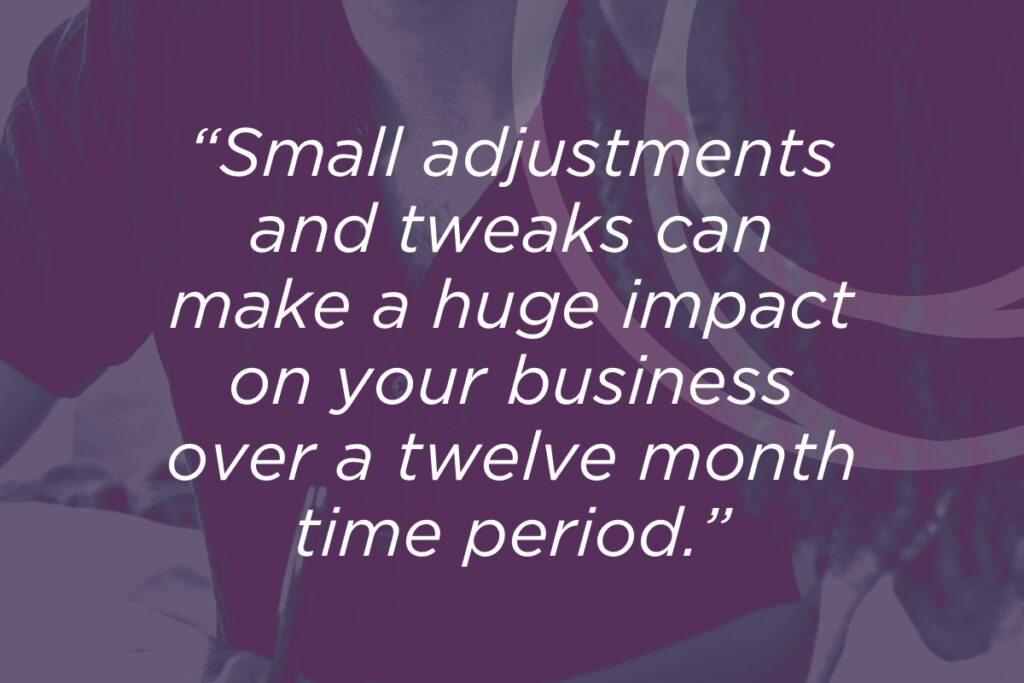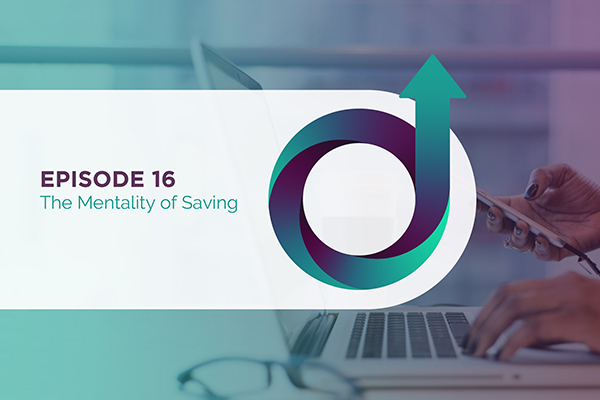Saving is an essential practice for businesses of every size. But it can be hard! The benefits of saving are monumental, and the downsides of doing it improperly can be crippling. Debt, business expenses, and other costs can add up. So, how do we get ahead? Today, Jill is breaking down her tips for saving.
There are certain priorities when it comes to saving and paying off essential expenses. Firstly, if you have debt, then it’s crucial to pay that off first. However, there are ways to shave off percentages of your profit and tax accounts to lessen the overall blow and account for those costs slowly over time. It doesn’t have to be a debt either–it could be any large, lump sum that you have to save for or even something like a trip for you and your employees.
In the end, it’s about developing good habits early on, so you can create a cushion for yourself by saving at the same time.
By creating multiple accounts, you can better adjust percentages of other accounts to make a saving account work.
Remember to start small–1%, 2%, 3%. You don’t want to go all-in at 25%, because you’ll get hurt. These habits of taking a small percentage of certain accounts to save for another are building blocks. You can focus on these habits long-term and reap the benefits. When you couple this with lowering your cost of living, you can really establish healthy accounts.
Jillian recommends having a separate account for just about everything that has a cost. That way, you’re able to physically look in an account and see where you are at, which is much more effective than a spreadsheet. Also, you’re able to move and make adjustments as necessary in real-time.
Jillian has found great success with Virtual Staff Finder. That is an organization that helps you find people overseas to do amazing work. It’s amazing when you can find someone that is in a completely different country, in a completely different time zone, but hey totally get you and they want to see you succeed as much as you want to succeed.
Before you think about hiring someone, make sure you have your interview process clearly defined. Have your questions lined up beforehand so you can weed through applicants that don’t fit your needs. This allows you to see if the potential new hire is aligned and flexible to what your needs are. Often, things can be automated, which may not be ideal for the industry you’re in. At the very least, it allows you to convey your needs clearly so you can sift through applicants. Additionally, it makes sure that you can clearly offer the position, as to not squelch any enthusiasm or lose an awesome employee.
Helpful Links
Show Notes





